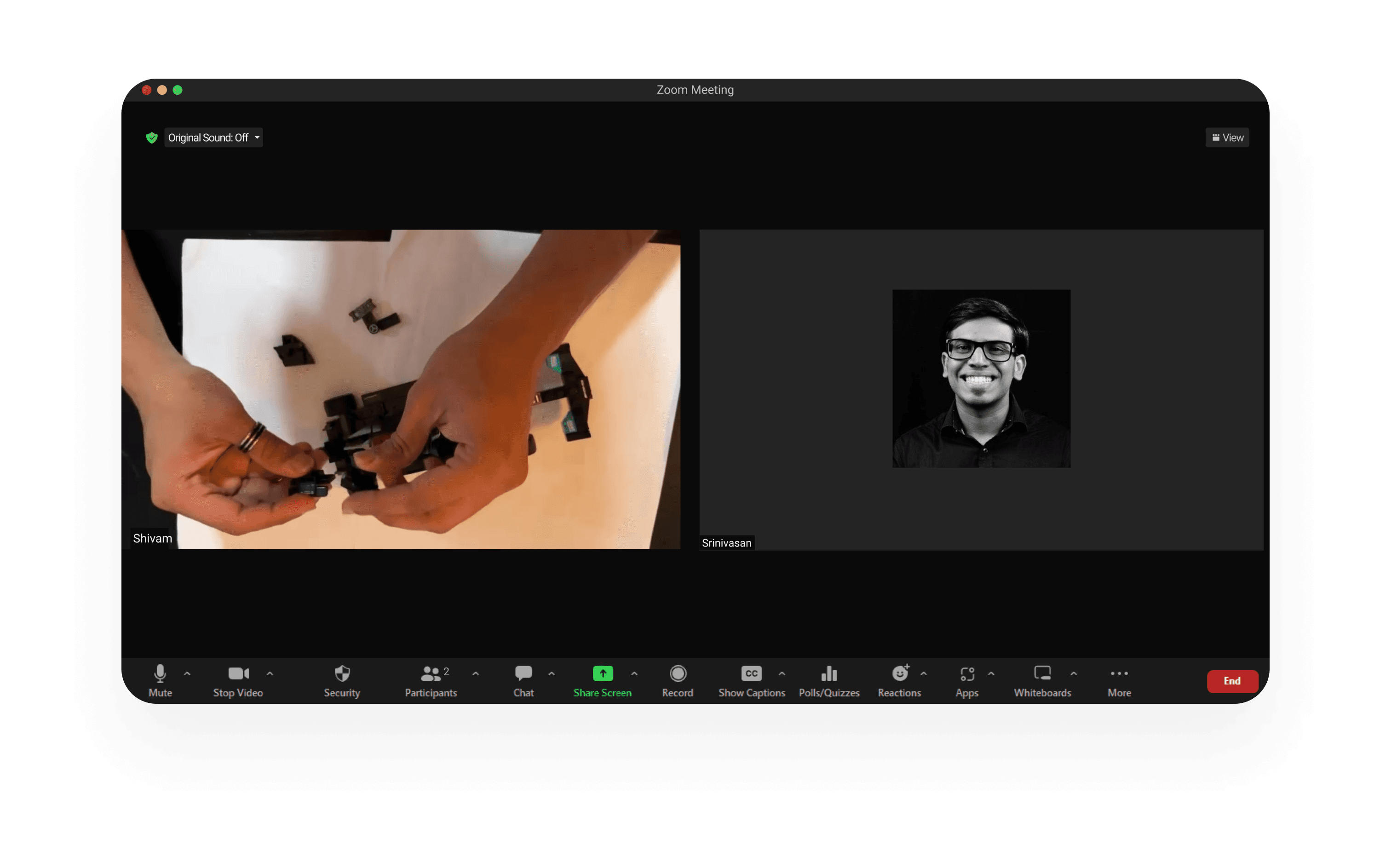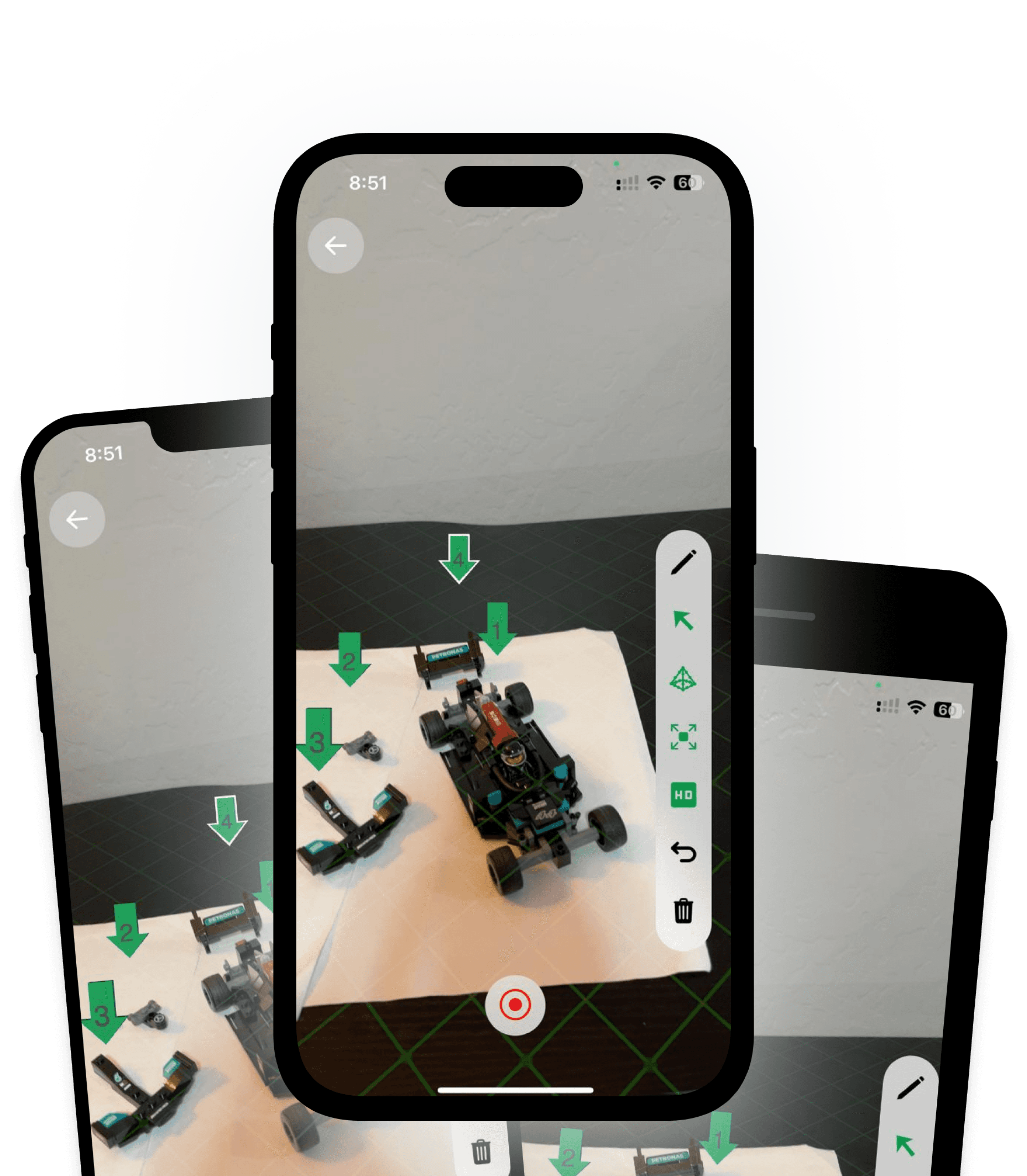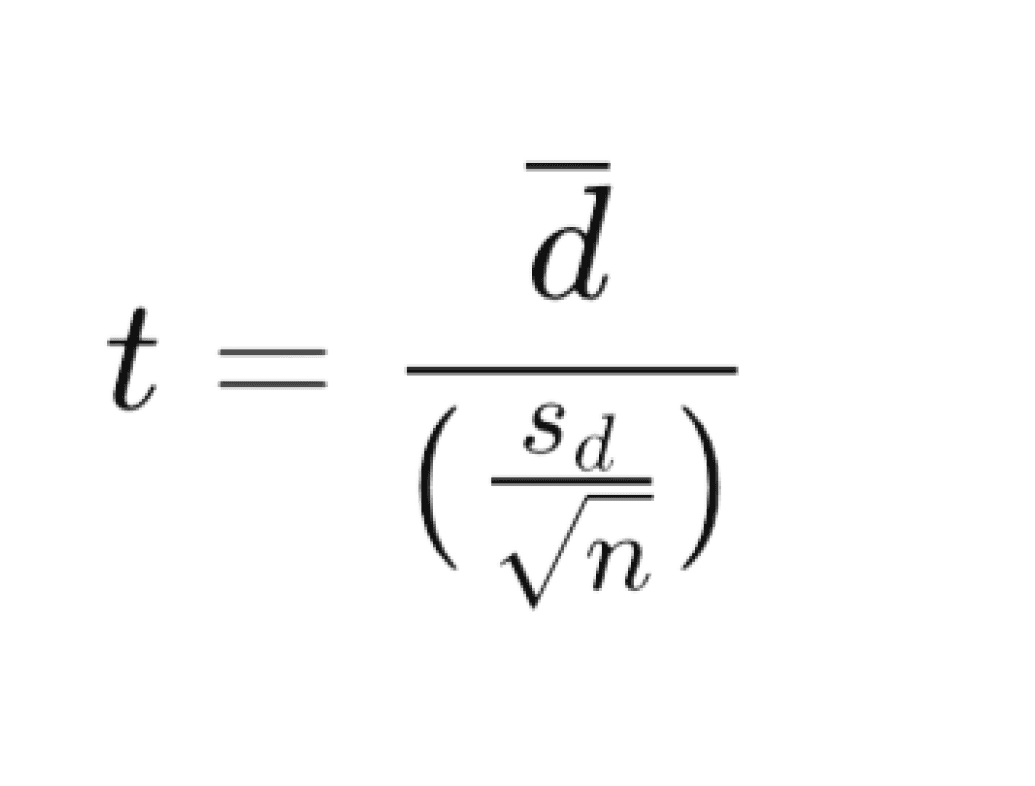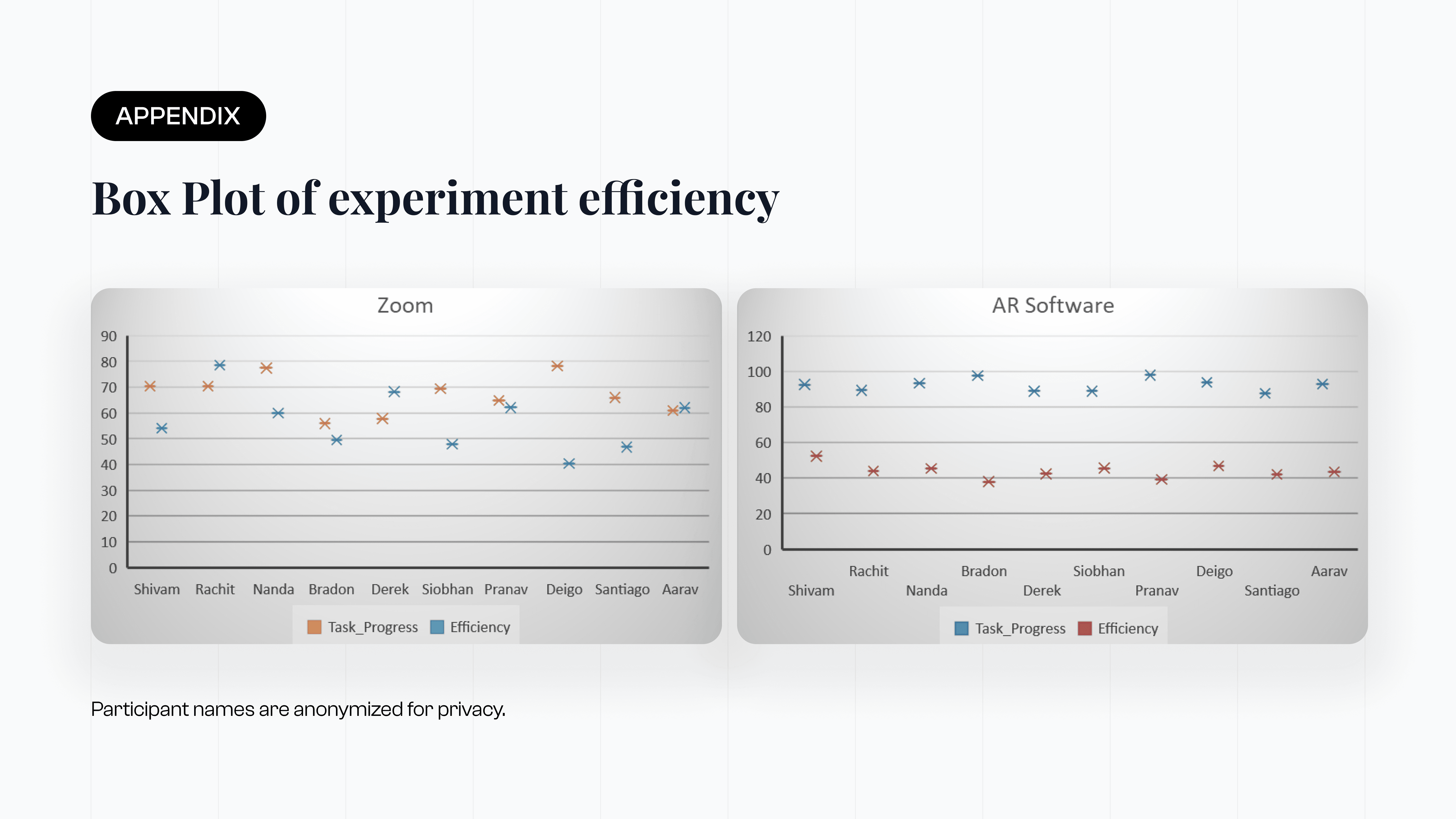Research
Purpose
Explore how HCI principles can improve AR remote assistance software.
Context
Importance of AR tools in field service and maintenance jobs.
Objective
To understand and address HF/E challenges with AR adoption in industrial maintenance.
Tools
Figma, Qualtrics, Airtable, Zoho Lens & Zoom
Timeline
January, 2024 - Present
12 weeks
Team
3 Members
Problem Statement
The core problem is understanding and addressing how HCI principles can be effectively applied to improve the performance of AR remote assistance software.
Proposed Solution : Methodology
The effective integration of Human-Computer Interaction (HCI) principles into Augmented Reality (AR) remote assistance software can significantly improve its performance and user experience.
Intuitive Interface and Interaction Design
Simplicity and Clarity
Design interfaces that are uncluttered and easy to navigate, focusing on essential information and functionalities.
Gesture and Voice Controls
Incorporate natural user interfaces, such as gesture and voice controls, to make interactions more intuitive and hands-free, which is crucial in field service scenarios.
Adaptive and Context-Aware Systems
Environmental Adaptability
Develop the software to adapt to different lighting conditions, noise levels, and other environmental factors.
Task-Specific Customisation
Allow customisation of the AR interface based on specific tasks or user preferences, enhancing relevance and efficiency.
Feedback Mechanisms and Continuous Improvement
User Feedback Loops
Implement mechanisms to gather ongoing user feedback, using this data to continuously refine and improve the software.
Performance Analytics
Incorporate analytics to monitor software performance and user interactions, identifying areas for enhancement.
Participants & Methodology
Experts were recruited from the Construction Management and Civil Engineering department at ASU.
Participants were day to day construction workers screened based on their work experience.
10
Total Participants
10
Field Engineers
10
Instructors
Task
Assembly of a complex LEGO structure as a proxy for maintenance tasks
Tools
AR remote assistance vs. traditional video conferencing methods (Zoom)
Measurements
Task progress (0-100 scale), efficiency, and user experience
Testing
Lego blocks building via zoom & Lego blocks building via AR Software
Features Used : AR arrows, 3D spatial scanning, HD video transmission


Preliminary Data Analysis Results
Efficiency and Accuracy
AR assistance shows better task completion times and higher progress scores compared to traditional methods.
User Experience
Positive feedback on the usability of the AR interface.
Benefits of real time annotations and gesture controls.
Data Analysis
Efficiency and Detailed statistical examination T-tests for performance comparison, regression analysis for influential factors.
Task Progress
This term refers to how much of a task has been completed, particularly in terms of meeting specific goals or milestones within a set time frame. In our case, task progress is being used to measure how effective augmented reality (AR) assistance is compared to using Zoom for completing tasks.
T-Statistic: 9.112
P-Value: 0.0000077
This result indicates a statistically significant improvement in task progress when using AR assistance compared to Zoom. The low p-value (much less than 0.05) suggests that the differences observed are unlikely to be due to random chance.
Efficiency
Efficiency, in this context, is about how quickly and effectively tasks are completed with the minimum expenditure of time and effort. Our analysis compares the efficiency of task completion with AR assistance versus using Zoom.
T-Statistic: -3.230
P-Value: 0.0103
This result indicates a statistically significant improvement in task progress when using AR assistance compared to Zoom. The low p-value (much less than 0.05) suggests that the differences observed are unlikely to be due to random chance.
In summary, both task progress and efficiency demonstrate significant improvements with AR assistance over traditional Zoom methods, according to your study's data. This supports the effectiveness of using AR technology guided by HCI principles in enhancing performance in field service and maintenance tasks.
Thematic analysis of qualitative feedback:
Expected Outcomes
Deeper insights into user perceptions.
Suggestions for improving AR remote assistance tools.
Key Findings
Formula for Paired t-Test
The test statistic \( t \) is calculated using the formula
d is the mean of the differences between the paired scores (e.g., AR score minus Zoom score for each participant).
Sd is the standard deviation of these differences.
n is the number of pairs (i.e., the number of participants in the study).

Python Code
Efficiency and Detailed statistical examination T-tests for performance comparison, regression analysis for influential factors.
# Load the Excel file to check all the sheets and their columns
with pd.ExcelFile(file_path) as xls:
sheets_info = {sheet_name: pd.read_excel(xls, sheet_name=sheet_name).head() for sheet_name in xls.sheet_names}
sheets_info
from scipy.stats import ttest_rel
# Load data from both sheets
ar_data = pd.read_excel(file_path, sheet_name='AR')
zoom_data = pd.read_excel(file_path, sheet_name='Zoom')
# Merge the data on 'Participant' to ensure matching pairs
merged_data = pd.merge(ar_data, zoom_data, on='Participant', suffixes=('_AR', '_Zoom'))
# Perform paired t-tests
ttest_progress = ttest_rel(merged_data['Task_Progress_AR'], merged_data['Task_Progress_Zoom'])
ttest_efficiency = ttest_rel(merged_data['Efficiency_AR'], merged_data['Efficiency_Zoom'])
ttest_progress, ttest_efficiency

